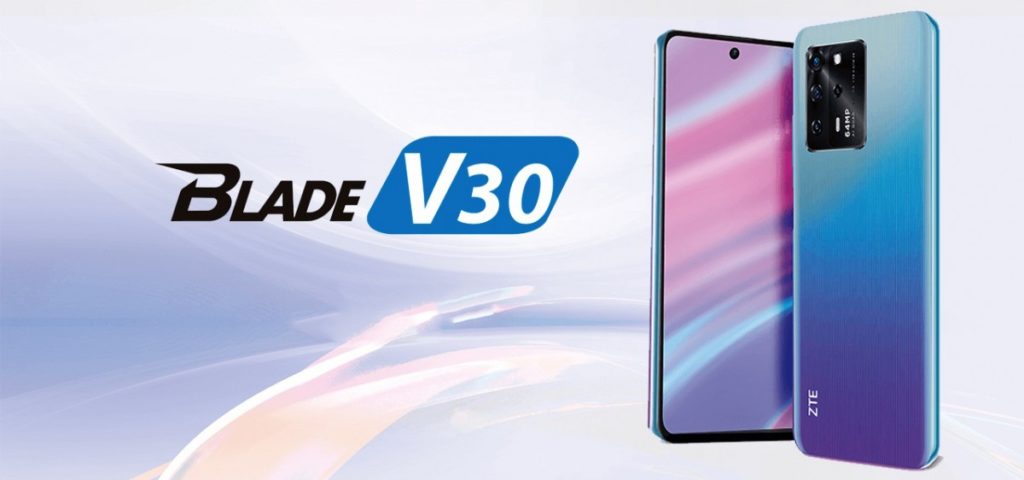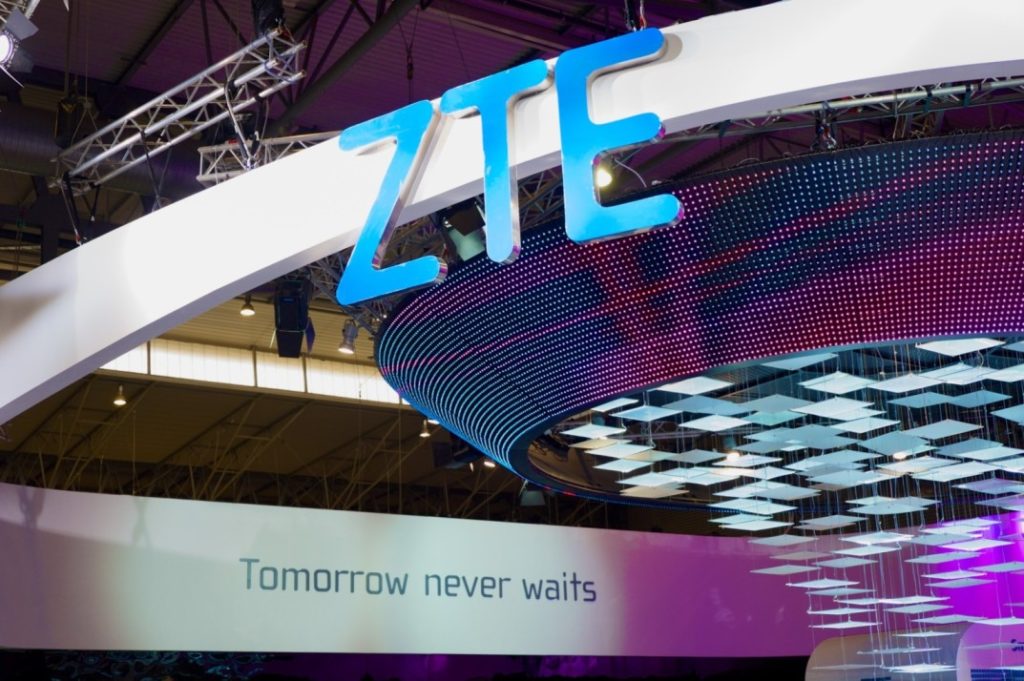ZTE Blade V30 and ZTE Blade V30 Vita have been Released: Price and Specifications.
Currently, ZTE Blade V30 and ZTE Blade V30 Vita are available in the Mexican market. Both phones have a fingerprint sensor next to the 5,000 mAh battery. The best version is the 4-pixel ZTE Blade V30.The display is hollow and has a camera node in the center of the top part. ZTE BladeV30 Vita is also equipped with a three-fold back camera, with a 48-megapixel main camera and a waterdrop style.
Specifications of ZTE Blade V30
The ZTE Blade 30 operates on Android 11 and features a Full HD+ 6.67-inch (1.080 pixels,2400 pixels) with an appearance ratio of 20:9. The Unisoc T618 (UMS512T) is designed with octa-core and 4GB RAM processing units. The inner storage capacity is 128GB and the microSD card can be further amplified (as much as 512GB).
The ZTE BladeV30 features a 64 MP camera with an f/2.8 aperture, a 120-degree viewing field (FoV) ultra-wide-angle, 8-megapixel sensor, and a 2 MP setup. There’s. There’s. Sensor, macro lens with 5 megapixels. A 16-megapixel camera with AI splendor is on the front.
The ZTE Blade V30 has a battery of 5000mAh, which can be used to charge 18W quickly. The handset measures 193g and 165.8x77x8.9mm. The USB Type-C port and Bluetooth v5 connection options. The scanner is on the side of the fingerprint.
Specifications of ZTE Blade V30 Vita
This phone runs on Android 11 with a ZTE blade V30 and is equipped with a larger 6.82-inch HD+ display (720 libs, 640 pixels) with a 20.5:9 aspect ratio. It has an Octa-Core soC paired with a RAM 3GB RAM. The internal storage capacity is 128 GB and the microSD card slot can be extended further (as much as 512GB).
A 3- pixel camera setting with 48 megapixels of the main camera, a 2-megapixel depth sensor, and a 5-megapixel macro is featured in the ZTE BladeV30 Vita. The front consists of an 8-megapixel self-portrait sensor. The 5,000mAh battery is in the ZTE BladeV30 Vita. It measures 210 grams and 174 to 78.1 to 8.9mm. This version additionally has a fingerprint sensor at the side.

Price And Availability
For the 4GB RAM + 128GB storage version, the new ZTE Blade V30 is charged at MXN 6,199 (approx. Rs. 23,200). ZTE V30 Vita Blade The rate of storage of the 3GB RAM + 128GB is MXN 5,099 (approximately Rs .19,100). In partnership with Telcel suppliers, both mobile telephones are offered. The ZTE BladeV30 has the alternatives blue and black and the ZTE BladeV30 Vita has the alternatives blue, grey, and green.
About the company
ZTE Corporation is a global leader in telecommunications and IT. The organization was founded by Hongkong and the Shenzhen Bursary in 1985 and included replies to global operators, authorities, companies, and clients from over 160 nations around the world. The organization’s goals have been progressive technology sharing. The agency, which serves more than 1/4 of the global population, aims to enable connectivity and faith everywhere for a higher future.
ZTE has complete end-to-end product strains and contains telecommunications solutions. The agency is supported by its entire collection of wireless, wireless, services, gadgets, and expert communications services that flexibly satisfy the diverse needs of global operators and agencies, and corporate network clients and seek rapid improvements.
ZTE believes that the agency’s core value of product innovation is that it invests an additional 10 percent of its R&D annual sales. The agency has established leading international R&D centers for over 80,000 patents in the U.S., Sweden, China, etc. and over 38,000 have been granted. Since 2010, ZTE, in line with the World Intellectual Property Organisation, has been ranked annually among the top 5 patent programs under the Patent Cooperation Treaty (PCT).




